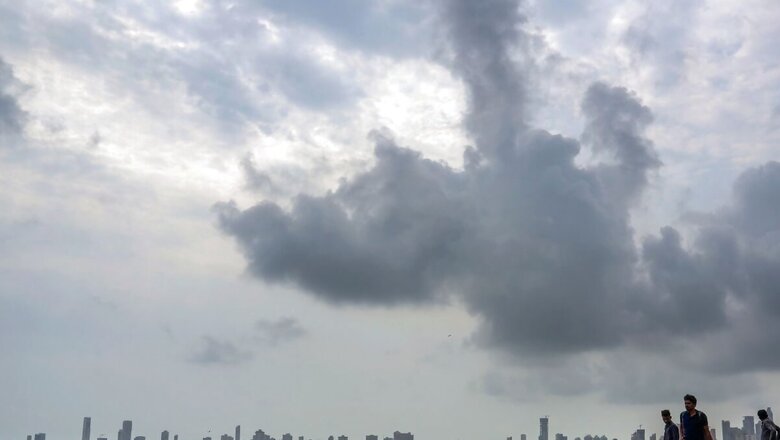
views
In the past 24 hours, Mumbai and Thane have been experiencing continuous rains, resulting in waterlogging in parts of the financial capital’s western suburbs. According to the India Meteorological Department (IMD), the rains will continue for the next four days across Mumbai, Thane, and the Konkan coastal belt. The IMD has issued a ‘Yellow’ alert for Mumbai, predicting cloudy weather with the possibility of moderate to heavy rain, and an ‘Orange’ alert for heavy to very heavy rain in Thane, Palghar, Raigad, Bhandara, Nagpur, and Ratnagiri districts of Maharashtra.
The Brihanmumbai Municipal Corporation (BMC) on Thursday reported expected high tides at 11 am and 10:52 pm, with heights of 4.14 metres and 3.55 metres, respectively. Over the last 24 hours (recorded at 8 am on June 20), the western suburbs of Mumbai received 59.30 mm of rainfall, the eastern suburbs 29.56 mm, and Mumbai city 19.98 mm.
Every monsoon, the BMC faces criticism from taxpayers over potholes and waterlogging. Despite using various technologies to prevent and fill potholes, these issues persist. This year, BMC commissioner and administrator Bhushan Gagrani (IAS), who was appointed just before the 2024 general elections, has taken up the challenge to ensure Mumbaikars do not suffer during the monsoon. After the first showers last week, the BMC began resurfacing uneven roads to prevent potholes. The civic body has appointed 227 sub-engineers to repair roads and fill potholes, using geopolymer technology on a pilot basis to strengthen concrete roads. An integrated dashboard will track potholes to ensure they are filled within 24 hours. The BMC plans to spend around Rs 275 crore on this initiative.
“Mumbai has always faced challenges during the monsoon. We at BMC always strive to give our best so that Mumbaikars won’t have to face issues during the monsoon. This time, though we are using geopolymer technology on a pilot basis at some spots, we have made it compulsory to use mastic technology to fill the potholes this year. If we succeed as per our expectations, we will make further decisions for next year,” said Gagrani to News18.
He also said that the desilting of nullahs is a continuous process. “One may raise questions about the quantum of silt compared to previous years, but what is more important for us is the depth we have reached. In many places, we have seen that despite desilting, the locals continue to put garbage and other waste into the nullahs. Hence, we request people to avoid this,” Gagrani said.
Mumbai often experiences waterlogging at certain spots, but new spots emerge each year due to ongoing infrastructure development. “To identify such spots and immediately take action to rectify them is what we have done this time. Regarding the usual flooding spots of Mumbai like Gandhi Market and Sion Circle, we have deployed extra pumps which will help to remove water quickly during heavy rainfall,” Gagrani added. The BMC chief said he is confident that coordination with railways and other agencies regarding monsoon preparation has remained smooth.
During heavy downpours or waterlogging in the city, the BMC opens manholes to drain the rainwater. But this has led to accidents involving people, animals, and vehicles. The Bombay High Court directed the BMC to cover manholes during the monsoon. Consequently, the corporation has installed protective grills over 45,000 manholes to prevent accidents.
In 2017, gastroenterologist Dr Deepak Amrapurkar became a victim of one such incident and lost his life after falling into a manhole in the Lower Parel area of Mumbai. After a few days, his body was found at the Worli Seashore.
The suburban parts of Mumbai are prone to landslides. Learning from past incidents, the BMC’s disaster management team, along with the National Disaster Response Force (NDRF), Army, Navy, and fire brigade personnel, surveyed 105 vulnerable spots and conducted reconnaissance to familiarise rescue teams with these areas. Additionally, the BMC identified approximately 188 dilapidated buildings, rated C1, and ordered their immediate evacuation. Among these, 27 are in the city, 114 in the western suburbs, and 47 in the eastern suburbs.













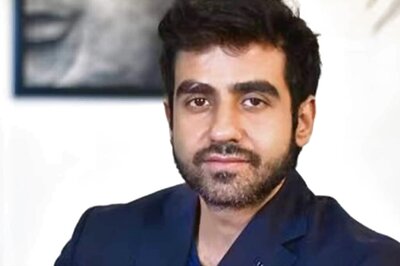
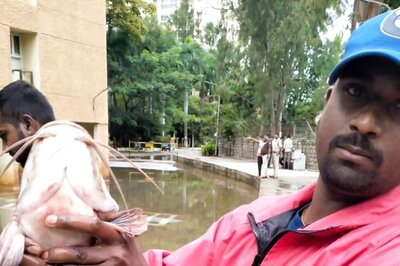
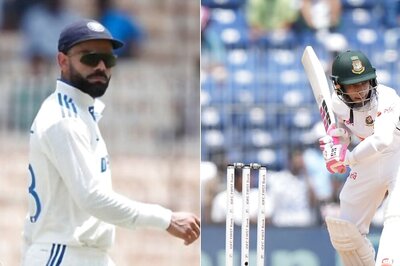
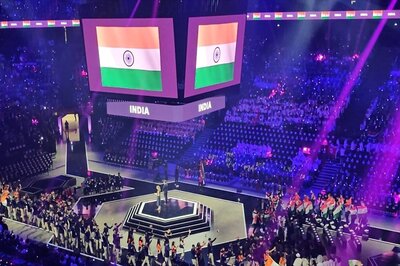
Comments
0 comment